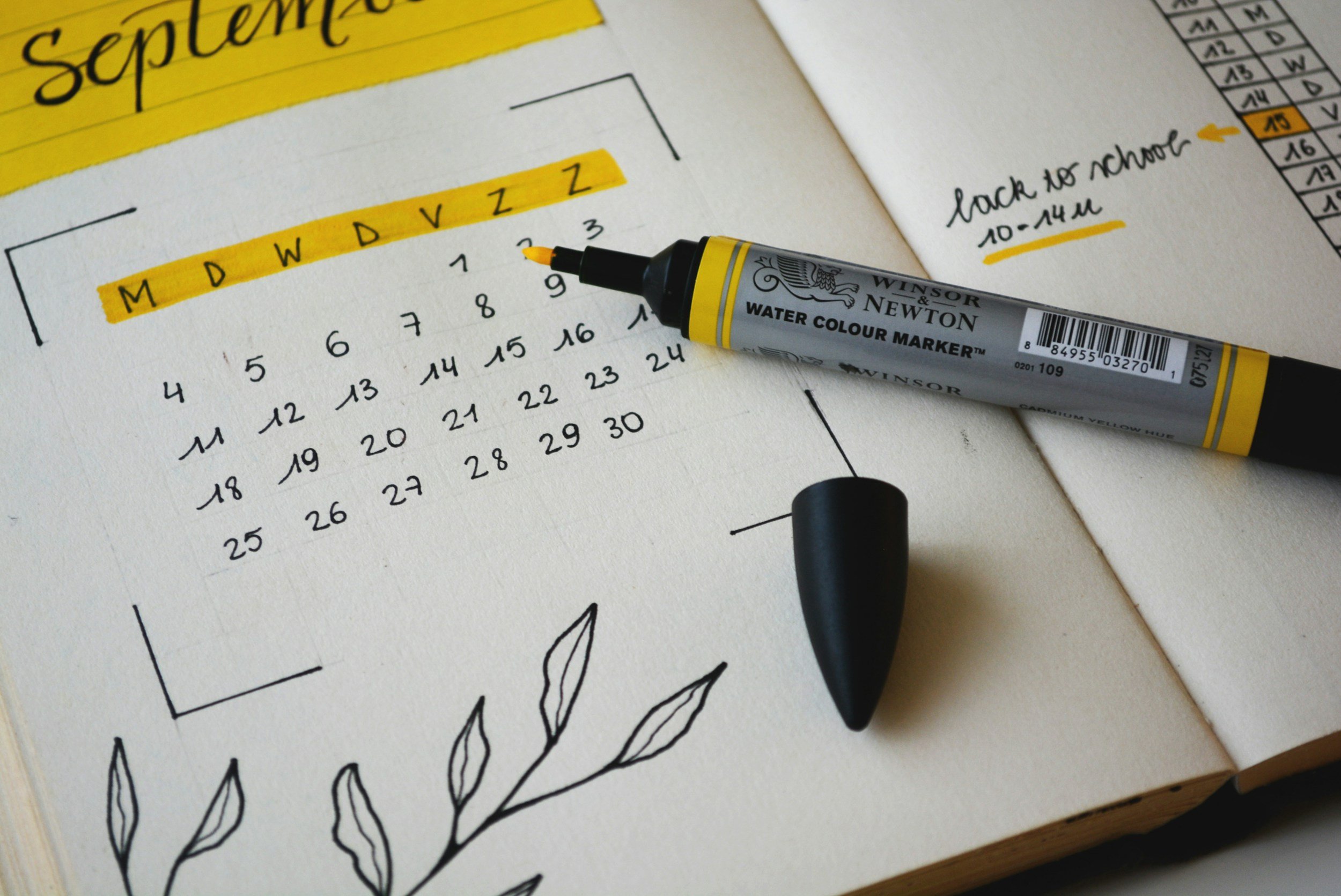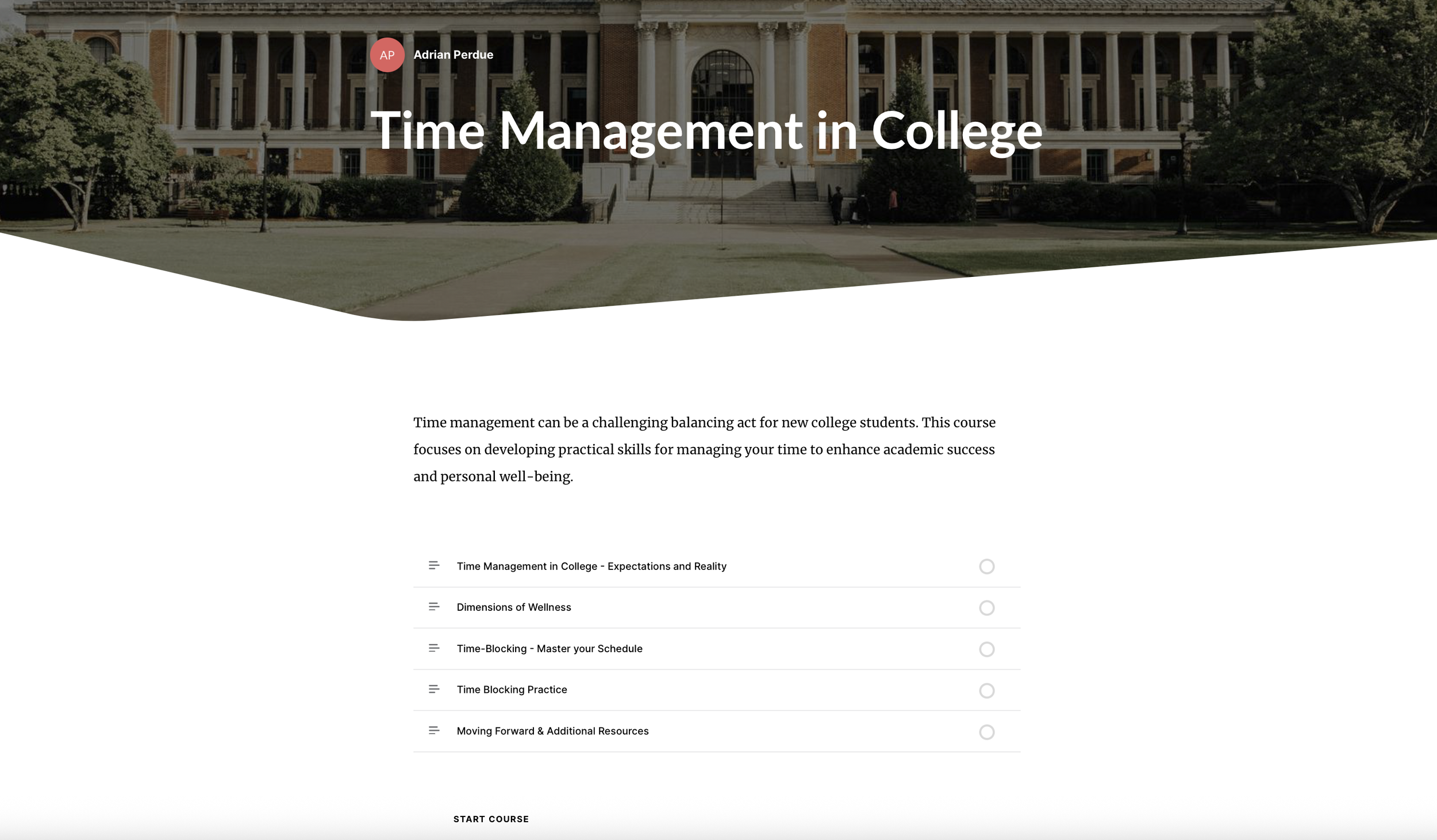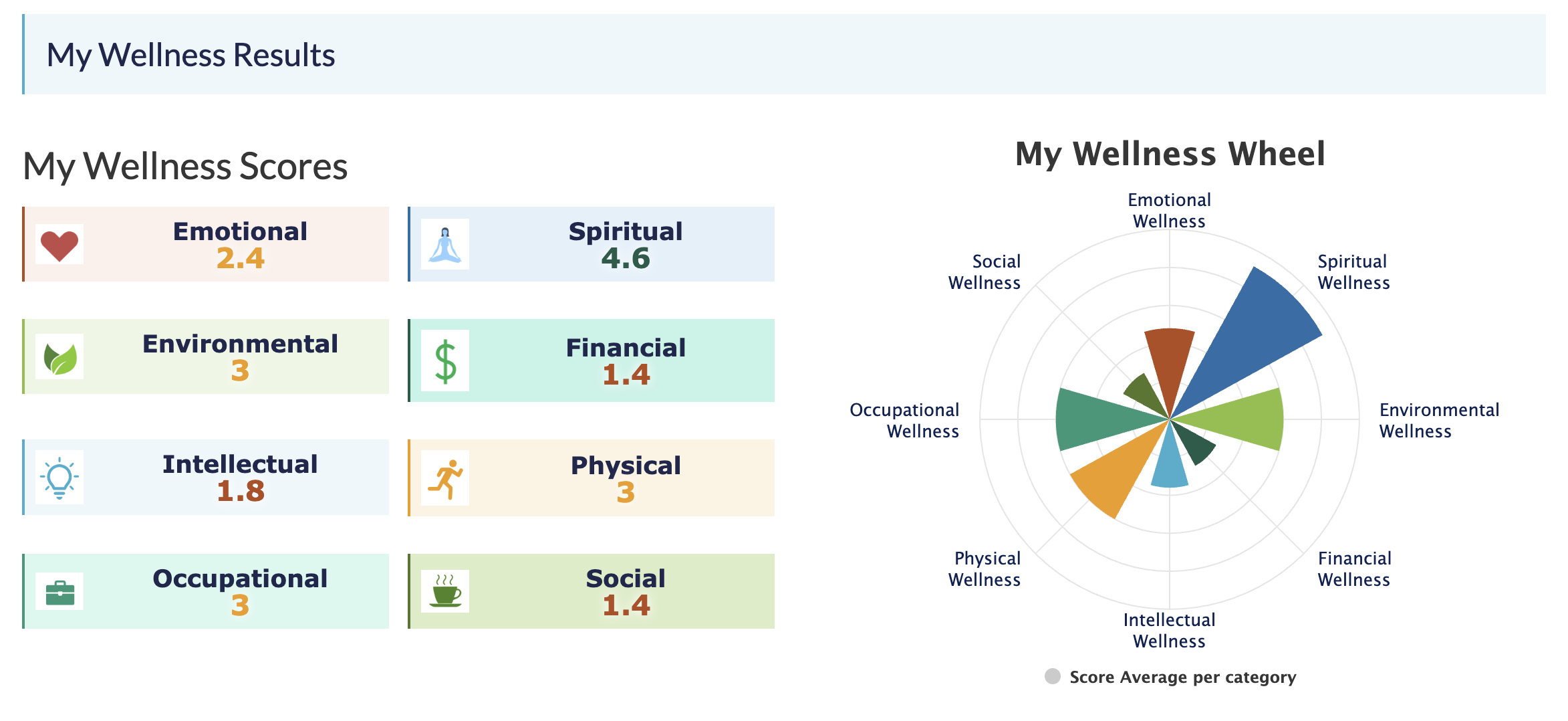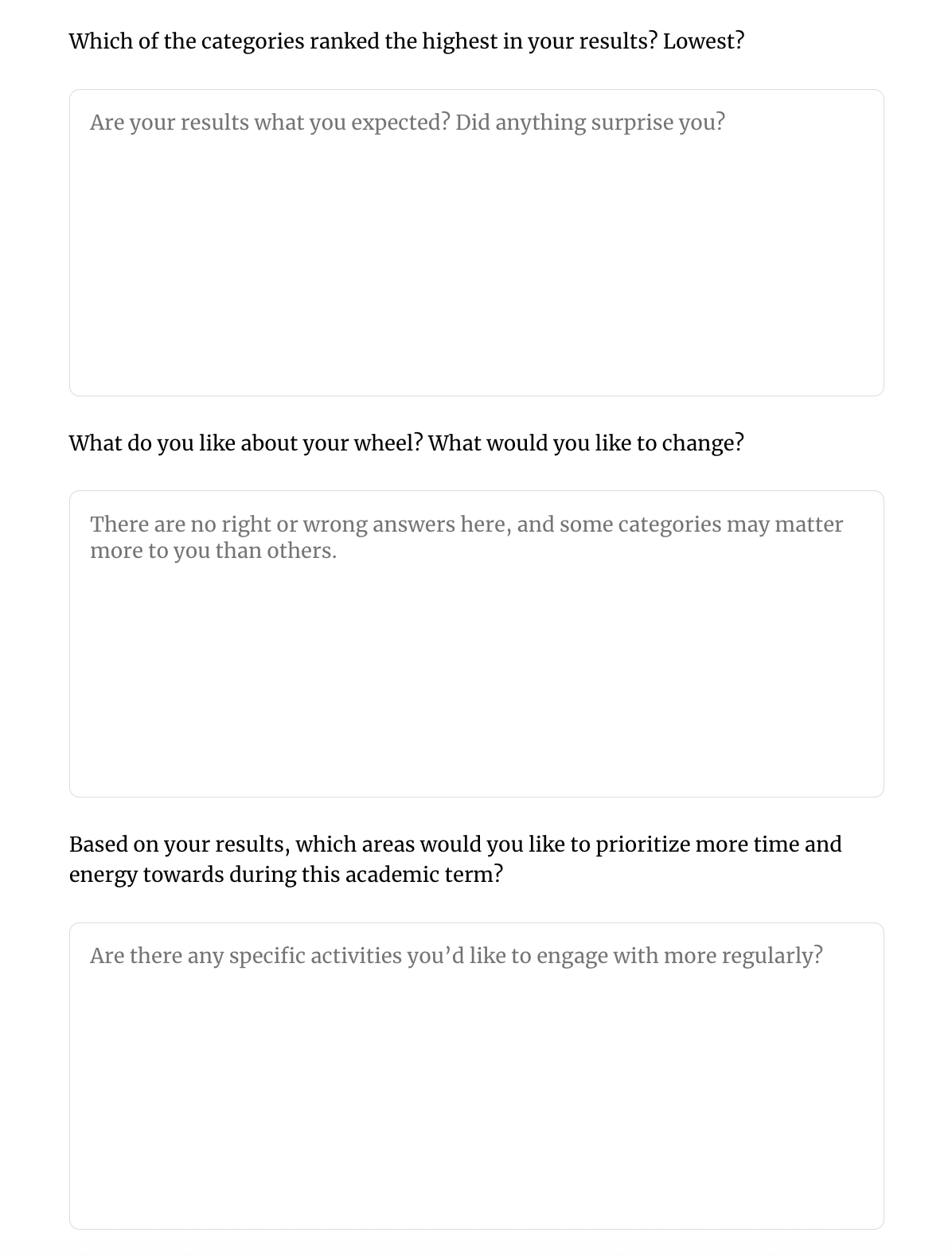
Featured Project
Time Management in College
Click here to view the full project:
An online learning module to help traditional and first-generation college students develop time management and personal wellness skills.
As an educator working with first-year students, a common challenge I’ve seen faced by new students is navigating all of the new demands on their time and practicing effective time management skills. Students are tasked with managing their academic endeavors while also needing to build social connections, focus on their physical and mental health, and take charge of managing their finances. Administrators across student affairs teams typically engage students in programming in all of these areas, and students are often “drinking from the firehose” in orientation content, experiencing cognitive overload during their transition and first term.
Asynchronous learning interventions
Asynchronous e-learning solutions are an effective approach to supporting students who are transitioning and processing large amounts of information before and during their first academic year. E-learning courses can address this issue by allowing learners to engage at their own pace, thereby reducing issues of cognitive load. These courses also allow students to space out their learning over time, which is shown to have a greater impact on behavioral change and knowledge retention.
My design approach
In designing this course, I initially set out to create an interactive simulation-based experience to engage students in understanding the impact of time management on their academic success and personal wellness. Modeling my simulation after games like The Sims, I planned for the simulation to task students with managing the daily tasks of an avatar character, and giving feedback in the form of life meters. I drafted an initial storyboard with this design for peer review.
I received peer feedback advising me to consider the scope of designing and programming a fully realized simulation of this scale, as well as how well a simulation would develop students’ practical time management skills. Reflecting on this feedback, I made changes to my design to focus more on interactive activities that give students direct opportunities to practice time management skills (e.g., time-blocking). I also opted to adapt social learning and reflective exercises I had used in first-year seminar courses.
I took a rapid storyboarding approach using hand-drawn storyboards to communicate my designs for peer review:
Learning objectives
Students will use the Dimensions of Wellness framework to identify and categorize important activities that support academic and personal success.
Students will reflect on and articulate their priorities for their current or upcoming academic term.
Students will understand and apply time-blocking strategies to manage their weekly schedule effectively.
Students will develop a Time Management Action Plan to solidify a time management strategy for their current or upcoming academic term.
Interactive Activities
Discussion Boards
With this course being asynchronous without an instructor, I included discussion boards as a way to promote social learning and allow students to give and receive feedback from their peers.
To accomplish this within Rise, I used the Padlet discussion board feature in the course at key points to help students make meaning together of the material.
Sample Activity:
Reflection Prompts
Students are given reflection prompts to apply the material in the context of their academic and personal lives. Reflection prompts include guided instructions to help learners engage more deeply with the questions.
Sample Activity:
After completing a Wellness Wheel Self Assessment, students are asked to reflect on their results and think about which areas they may want to prioritize during the academic term.



